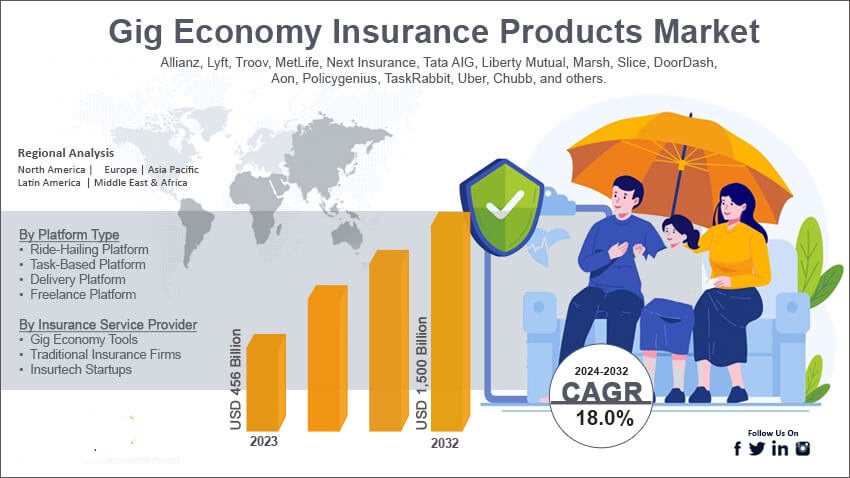Why Cyber Insurance Is the New Essential for Business Survival
In an era where cyberattacks and data breaches dominate headlines, businesses worldwide are facing an unprecedented wave of digital risks. The result? A cyber insurance boom. Companies of all sizes are realizing that traditional insurance policies cannot shield them from the financial fallout of cyber incidents such as ransomware, data theft, and business interruption. The cyber insurance market is experiencing rapid growth, driven by escalating threats, regulatory mandates, and evolving technology landscapes.
This article explores the explosive rise of cyber insurance, the factors fueling demand, market challenges, and what organizations must know to secure the best protection in 2025 and beyond.
What Is Cyber Insurance?
Cyber insurance, also known as cyber liability insurance, provides businesses financial protection against losses caused by cyberattacks and data breaches. Policies typically cover:
- Data breach response and recovery costs
- Ransomware payments and negotiation
- Business interruption losses
- Legal fees and regulatory fines
- Public relations and reputation management
- Cyber extortion and fraud
Market Overview: The Explosive Growth of Cyber Insurance
Current Market Size and Forecast
The global cyber insurance market was valued at approximately $12 billion in 2023 and is projected to exceed $40 billion by 2030, growing at a compound annual growth rate (CAGR) of over 18% (marketwatch.com).
This rapid expansion is fueled by the increasing frequency and sophistication of cyber threats targeting businesses of all scales and industries.
Key Growth Drivers
- Rising cybercrime: Ransomware attacks have increased over 150% in the last 5 years (cisco.com).
- Regulatory pressure: GDPR, CCPA, HIPAA, and other data privacy laws require robust breach response and can impose hefty fines.
- Digital transformation: Cloud migration and remote work have expanded attack surfaces.
- Board-level awareness: Cyber risk is now a C-suite and boardroom priority.
- Costly incidents: The average total cost of a data breach reached $4.45 million in 2023 (ibm.com).
Types of Cyber Insurance Coverage
Understanding the varieties of coverage is essential for businesses selecting policies:
1. First-Party Coverage
Protects the insured organization directly, including:
- Data recovery and restoration
- Business interruption losses
- Cyber extortion payments
- Crisis management and PR
- Hardware and software replacement
2. Third-Party Coverage
Protects the insured from claims by customers, partners, or regulators, such as:
- Privacy liability
- Network security liability
- Regulatory defense costs
- Media liability (for defamation or copyright infringement claims)
How Cyber Insurance Works: Underwriting and Risk Assessment
Risk Factors Evaluated
- Industry sector (healthcare, finance, retail have higher risk)
- Company size and revenue
- Security controls in place (MFA, encryption, incident response)
- Past cyber incident history
- Employee training and phishing resistance
- Technology stack and cloud usage
The Underwriting Process
Insurance carriers conduct thorough risk assessments using questionnaires, penetration testing results, and external threat intelligence to price premiums accurately.
The Cyber Insurance Boom: Driving Factors Explained
1. Escalation in Ransomware and Sophisticated Attacks
Ransomware-as-a-Service (RaaS) and AI-powered attacks have escalated the frequency and damage of cyber incidents. Attackers demand multi-million dollar ransoms, often coupled with data leaks.
2. Increased Regulatory Compliance Burden
Laws such as GDPR impose fines up to 4% of global revenue. Cyber insurance helps cover these regulatory costs.
3. Remote Work Expansion
The shift to hybrid and remote work environments expanded vulnerabilities, increasing cyber risk exposure.
4. Supply Chain Attacks
Attackers exploit third-party software and service providers, magnifying risk across interconnected systems.
Challenges Facing the Cyber Insurance Market
1. Rising Premiums and Coverage Limits
Due to increasing claims and severity, premiums are rising sharply, and insurers are reducing coverage limits or excluding certain risks.
2. Risk Aggregation and Silent Cyber
Insurers grapple with aggregating cyber risks across portfolios, and many traditional policies unintentionally cover “silent cyber” risks without premium adjustments.
3. Data Availability and Underwriting Complexity
Limited data on cyber incidents and evolving threats complicate risk modeling and pricing accuracy.
4. Claims Disputes
Claims related to ransomware payments or ambiguous exclusions often lead to disputes and litigation.
Emerging Trends in Cyber Insurance
1. Integration of Cybersecurity Services
Many insurers now offer risk mitigation services—security audits, employee training, and breach response—to reduce claim probability.
2. Parametric Cyber Insurance
A new model paying predefined sums based on specific triggers (e.g., a ransomware attack detected) rather than loss assessments.
3. Increased Focus on Small and Medium Enterprises (SMEs)
SMEs are the fastest-growing segment buying cyber insurance, often via tailored, affordable policies.
4. Use of AI and Big Data
AI-driven underwriting tools improve risk profiling and faster claim processing.
How to Choose the Right Cyber Insurance Policy
1. Assess Your Cyber Risk Profile
Understand your business’s unique vulnerabilities through risk assessments and penetration testing.
2. Define Coverage Needs
Consider data types handled, regulatory environments, and operational impact.
3. Compare Policy Features
Look beyond price—evaluate exclusions, claim limits, retroactive coverage, and included services.
4. Review Incident Response Support
Policies that offer dedicated breach coaches and legal experts are valuable.
5. Understand the Claims Process
Ensure clarity on documentation requirements and timelines.
The Role of Cyber Insurance in Incident Response
Cyber insurance is not just financial protection—it’s a crucial component of an effective incident response plan. Policies often provide:
- Access to forensic investigators
- Legal and regulatory guidance
- PR and crisis communications support
- Negotiators for ransomware payments
Cyber Insurance and Risk Management: A Partnership
Insurers increasingly expect policyholders to implement strong cybersecurity controls. Good cyber hygiene lowers premiums and improves coverage terms.
Conclusion: Navigating the Cyber Insurance Boom with Confidence
The cyber insurance market is booming, driven by escalating threats and growing awareness of cyber risk. For businesses, cyber insurance is no longer optional—it’s essential for financial protection and resilience. However, the rapidly evolving market demands careful risk assessments, clear understanding of coverage, and ongoing cybersecurity investment.
By staying informed, working with trusted brokers, and integrating insurance into comprehensive risk management, businesses can thrive in this digital age of uncertainty.
5 Unique FAQs About Cyber Insurance Boom
1. Why is cyber insurance experiencing a boom?
Due to rising cybercrime, stricter regulations, digital transformation, and high breach costs.
2. What does cyber insurance typically cover?
Data breaches, ransomware, business interruption, legal fees, and crisis management.
3. Are cyber insurance premiums rising?
Yes, increased claims and evolving risks are driving premium increases and coverage changes.
4. Can small businesses afford cyber insurance?
Yes, tailored policies are increasingly available and affordable for SMEs.
5. How does cyber insurance support incident response?
By providing access to experts, forensic analysis, legal help, and PR support.
Gut Health Breakthroughs: Unlocking the Secrets to a Healthier You



























